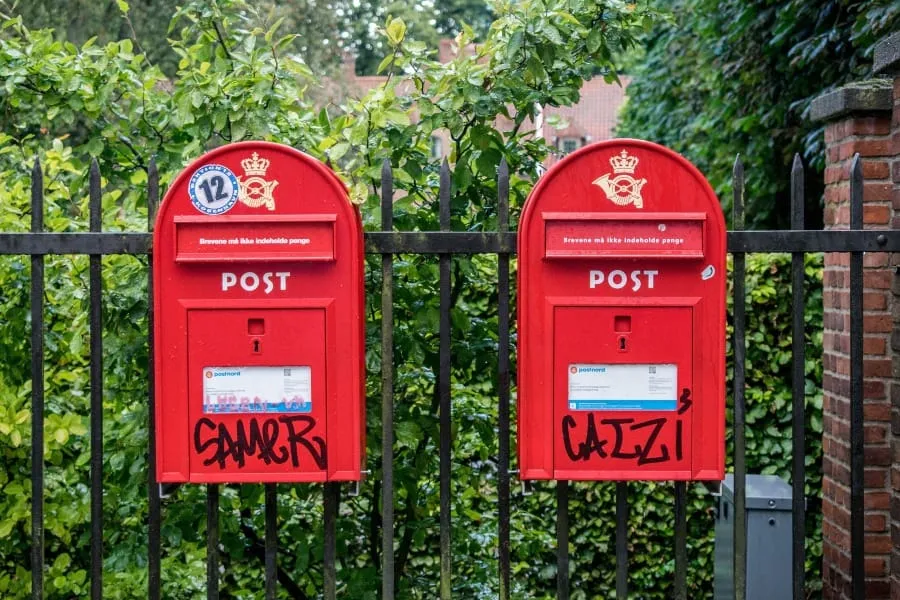
In Canada, postal codes are a staple for every mailing transaction made. The Canada Post, Canada’s postal service provider, uses these codes as part of a system to efficiently handle all of Canada’s mailing needs.
The Canadian postal code went through a rough journey, before becoming what it is today. The first incident of a numbered mail in Canada happened in Toronto, in the form of one-digit city postal zones. The postal zoning system spread throughout other Canadian cities, until a different system came to existence.
The Post Office eventually decided to override the initial single/double-digit scheme by proposing a three-number system. This was quickly implemented, and caused multiple businesses to change their mailing addresses ASAP with their own money. However, the Post Office soon decided to scrap this in exchange for a national code system.
It went through many more obstacles prior to reaching its current form, but in summary, it was a logistical nightmare for everyone involved.
The Canadian Postal Format
The Canadian postal codes are alphanumeric. It is a six-figured code, consisting of two sets with three characters each, separated by a space.
It seems a little confusing at first, but bear with me: the format goes as AXA XAX, with all As standing for letters, while Xs stand for numbers. An example is K1A 0A6, the official postal code for all parliament members.
The first set of characters represents the Forward Sortation Area (FSA); essentially the geographic location for the mail. The first letter is the identifying character for the province or territory. Using the parliament postal code as a reference, the K indicates the territory, aka the postal district. In this case, K means Ottawa.
The latter set is for the Local Delivery Unit (LDU), pointing to a more specific area. This detail can be as broad as a general locale, or as specific as the building of the address.
How To Use A Canadian Postal Code
To newbies and foreigners, the Canadian system may seem…well, foreign. The easiest way to teach them is by showing an example!
Here’s how to write a letter to dear old Santa Claus, the Canadian way:
Santa Claus
North Pole H0H 0H0
Canada
or, if you’re feeling French and fancy
Père Noël
Pôle Nord H0H 0H0
Canada
And here is how one must write to a member of the parliament:
Member Name
House of Commons
Ottawa ON K1A 0A6
Canada
Note that writing “CANADA” is not necessary for local/domestic mails.
Writing Letters To Santa
Santa Claus is such a prominent figure that more than one country has a dedicated postal code just for him. Other high-profile countries include the UK (postcode XM4 5HQ) and US (ZIP code 99705).
In Canada, letters to Santa that were sent to the post office originally went unanswered, much to the disappointment of kids and the workers who saw those letters. As a result, they started to answer the letters themselves.
The number of Santa mails increased over time, until Canada Post gave Saint Nick his personal postal code. They decided to be witty about it too, by assigning him to H0H 0H0, despite this postal code making no technical sense.
A system is in place to answer all of Santa’s mails, with each letter thoughtfully replied to in the same language used by the sender.




















